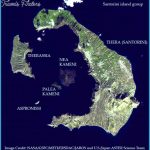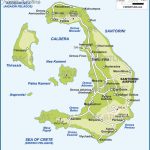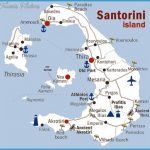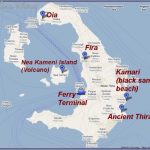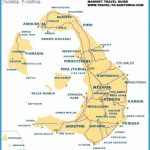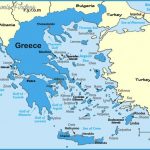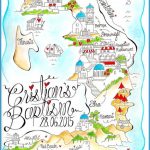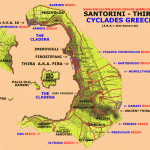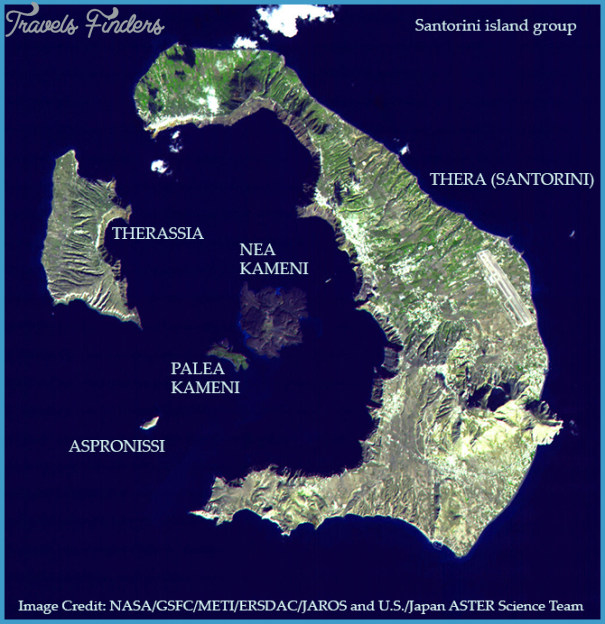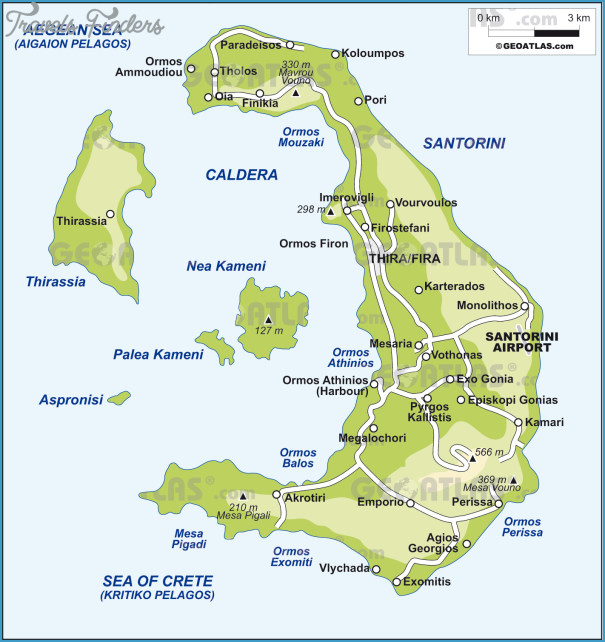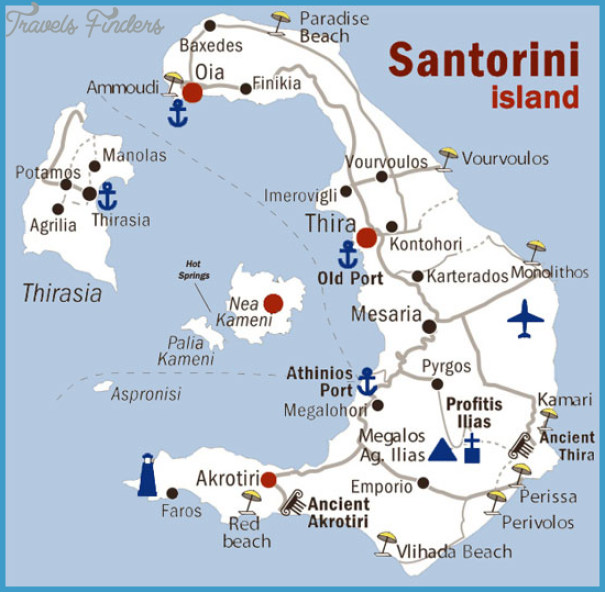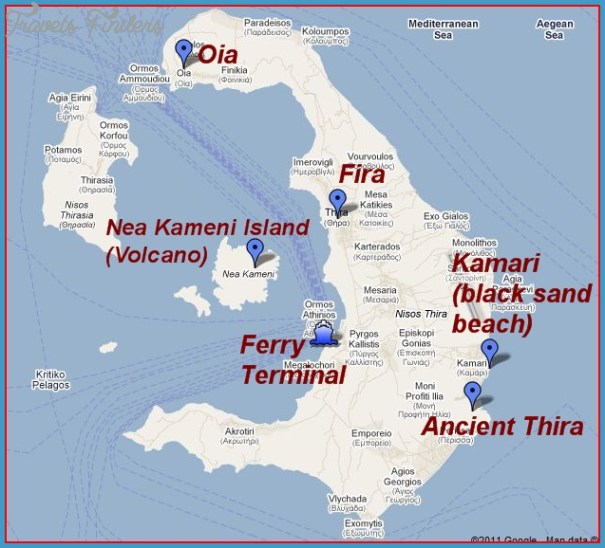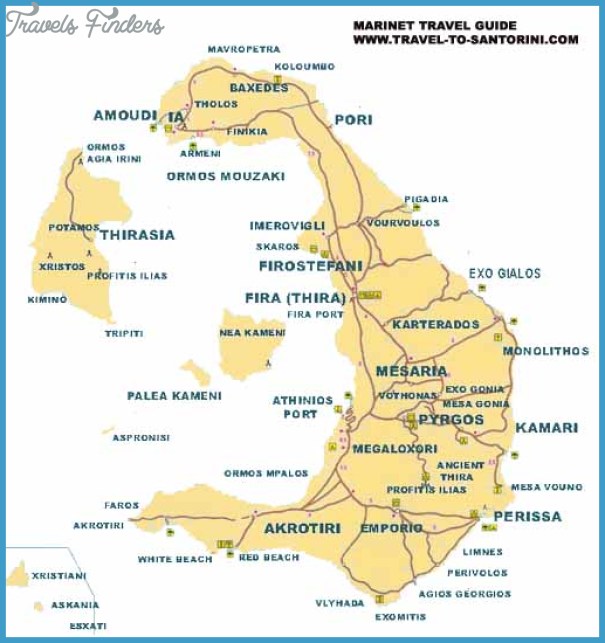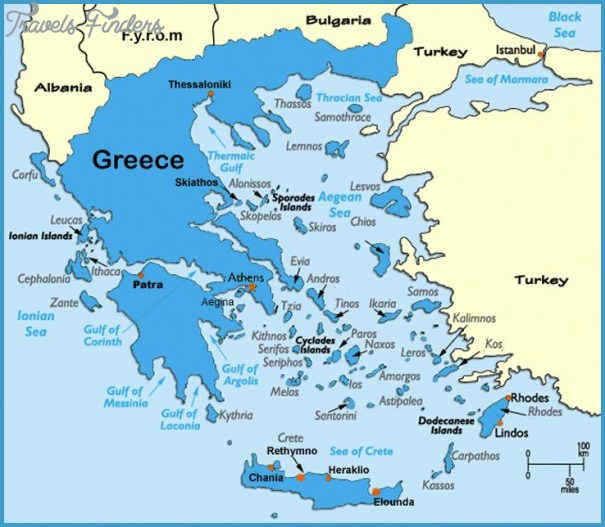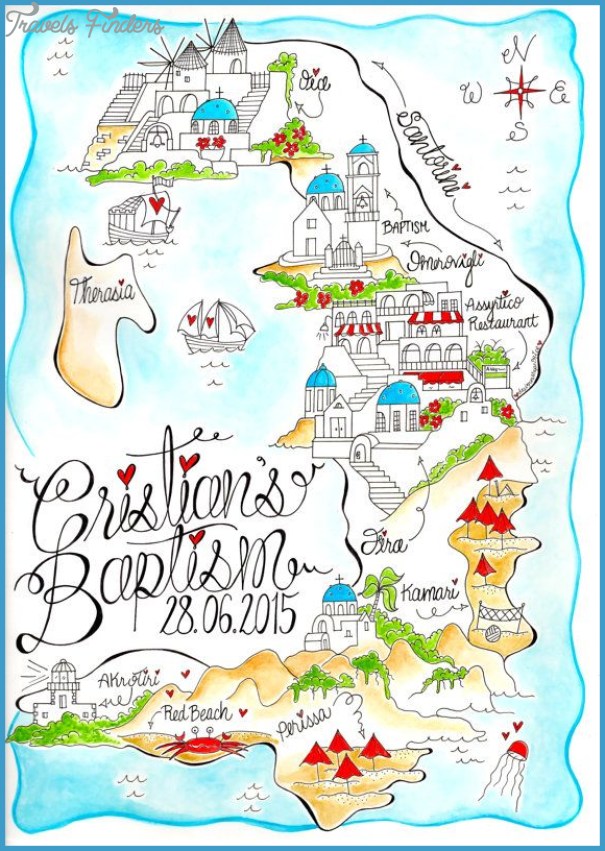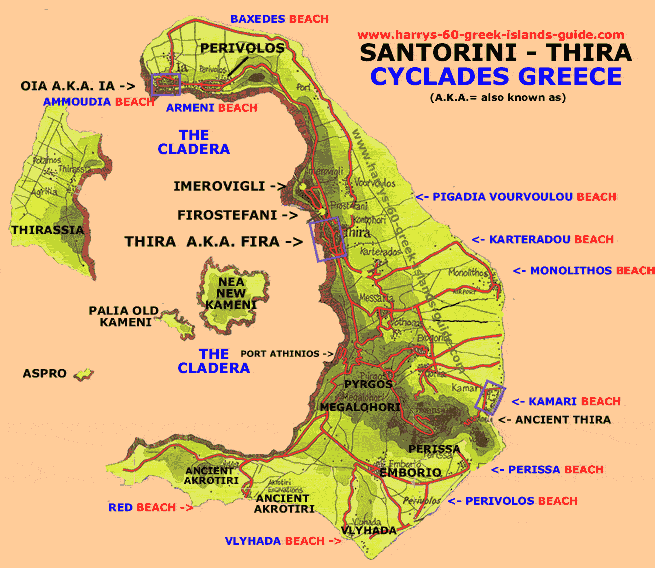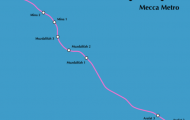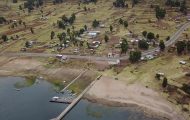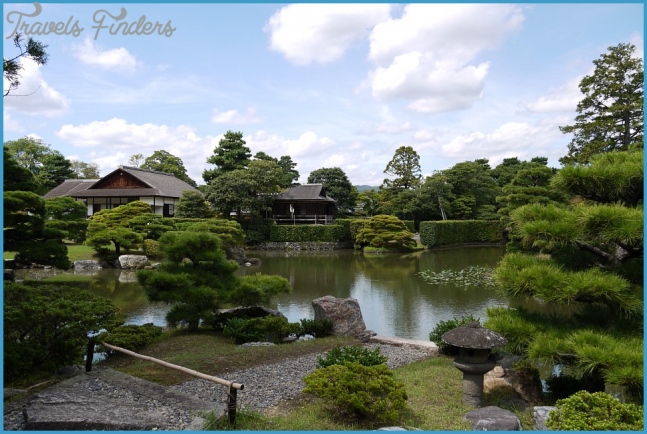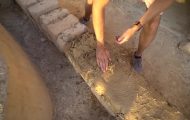The most important, thanks largely to its position, was at Skaros, which was called simply The Castle’. ‘Kastro in Greek. Its 200 houses were perched on the summit of a steep, impregnable rocky promontory. To reach its walls a walk of at least half an hour was required. A large bell, which was hung at the top of the rock, warned the inhabitants of impending danger. Skaros was where the Latin lords, island officials and the Catholic archbishop resided; it was the medieval capital of Thera.
After 1700, when the pirate threat began to diminish, the Castle gradually fell into ruin. Its inhabitants founded a new settlement, Fira, at a lower point.
The castle of Epanomeria or Apano Meria stood in the vicinity of present-day Oia. It was also known as the castle of St Nicholas. The other three castles were situated in the south part of Santorini. Pyrgos or Kainouryiopyrgos was erected during Byzantine times in the centre of the village by the same name, and the villagers could take shelter there in the event of enemy attack. It was here that the representative of the Ottoman authorities would stay on his biannual visit to the island to administer.
Santorini Map Geographical Photo Gallery
I here was the castle of Akrotiri or Poundas,, with about 200 houses, of which only a few ruins remain today.
Apart from the fortified settlements or castles, Santorini also had a good many goulades: these were isolated towers for defensive purposes that stood either inside or outside the fortress walls. These were used as places for storage of foodstuffs
Panoramic view of Pyrgos, where one of the most important medieval caste Ilia of Thera was located.

